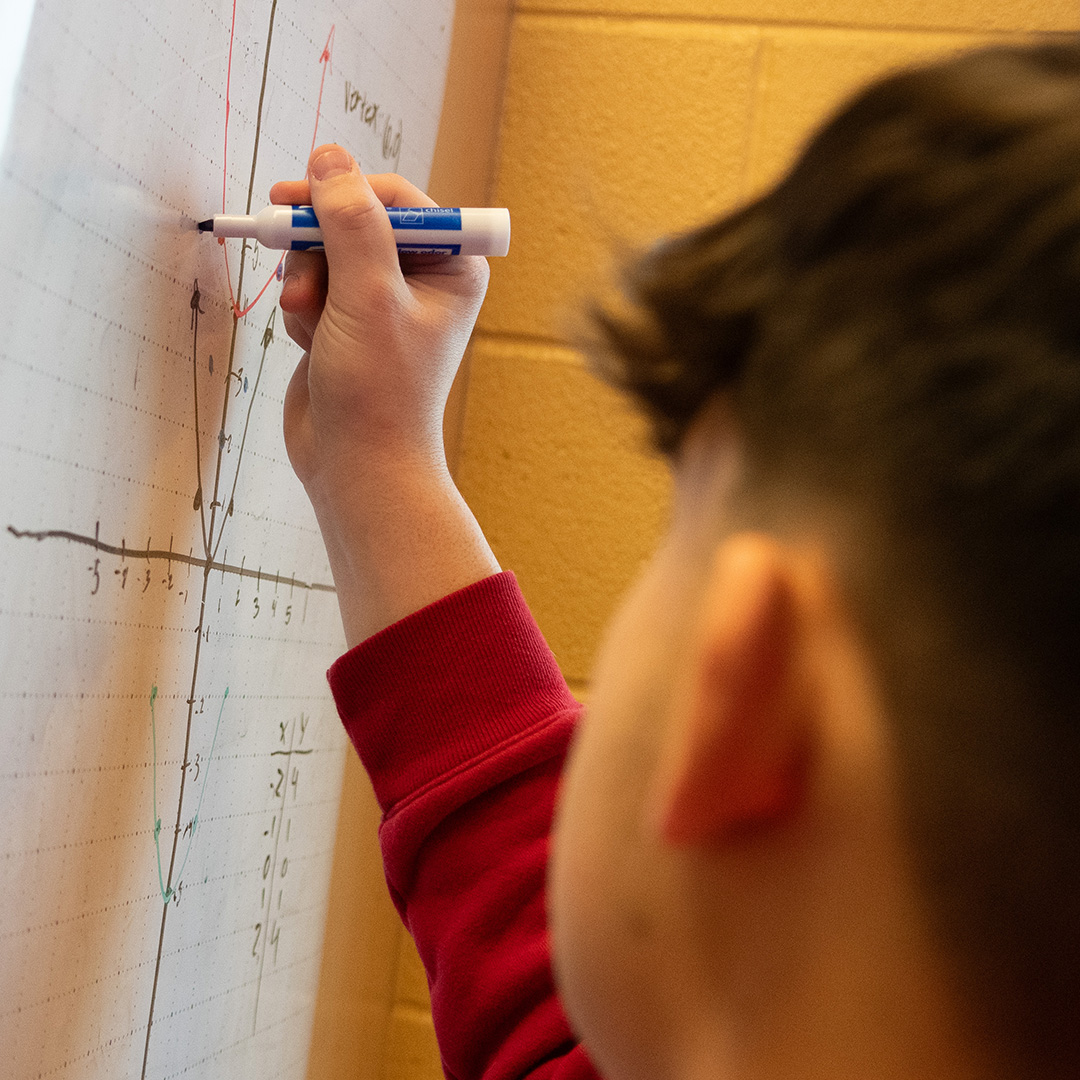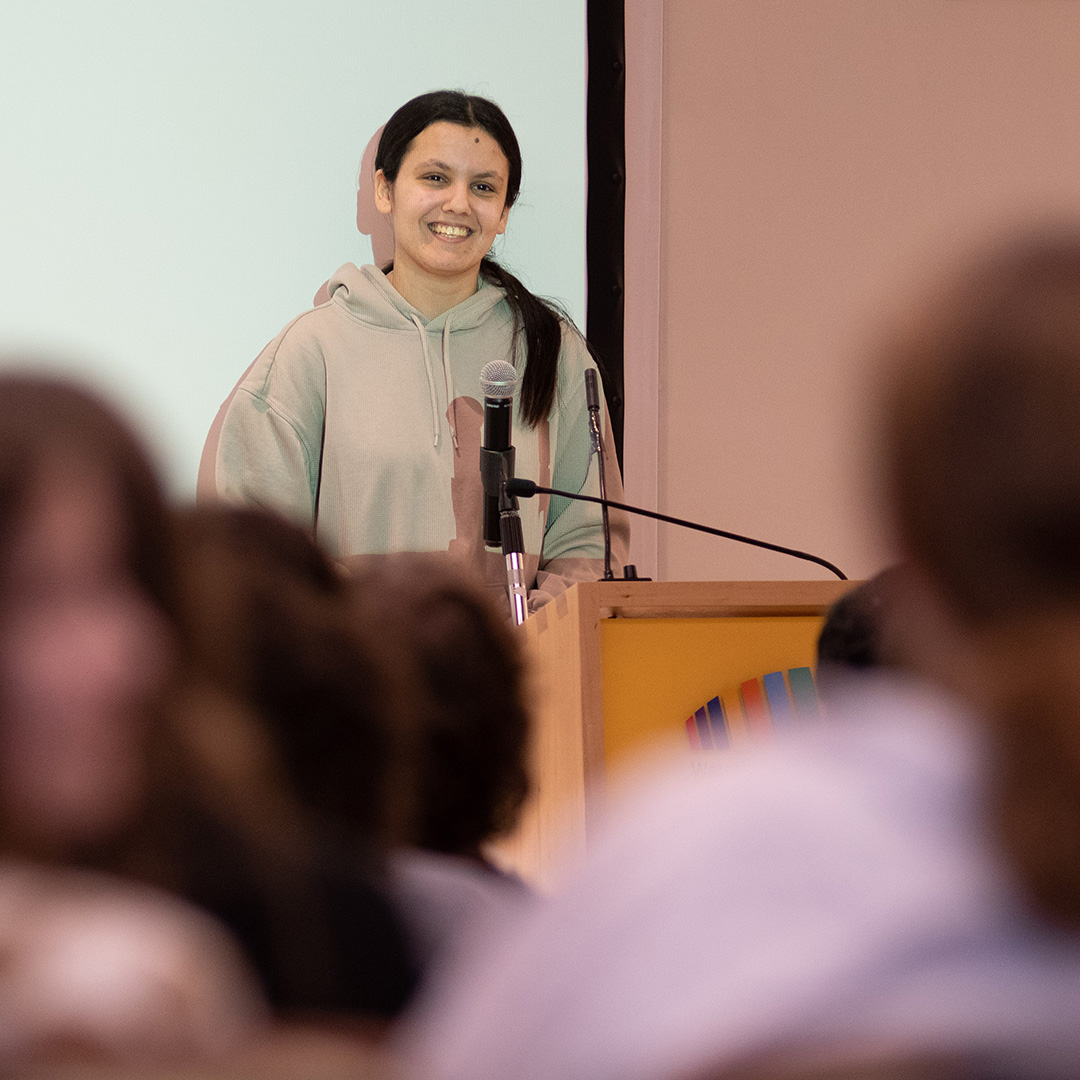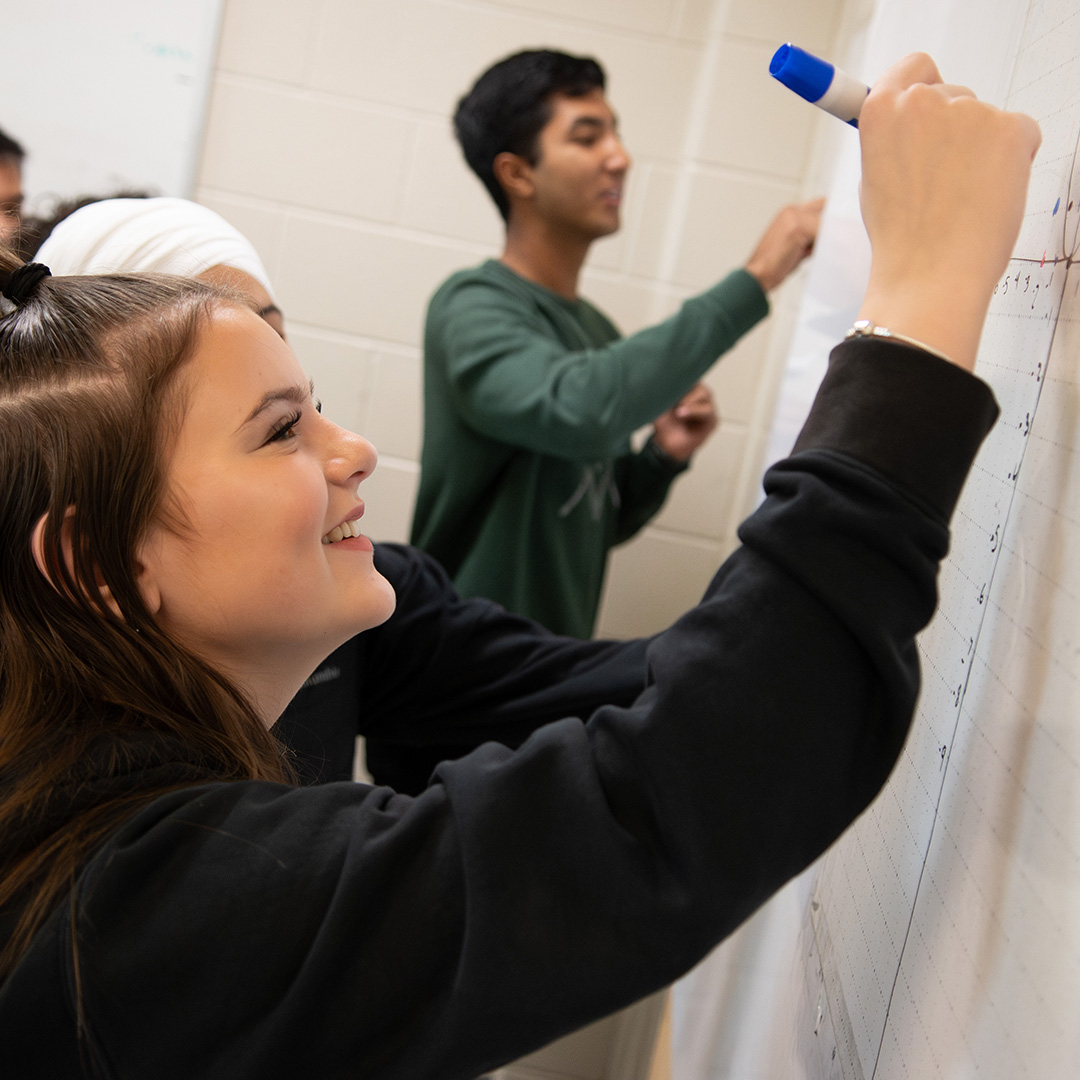What would happen if we could re-imagine what "school" is - what schools do and how we work to prepare students for the broader world?
Similarly, what if we took a deeper look at what defines a school? Is it the building? Is it a virtual space? What if we imagined school as a learning community made up of several different structures so that it could work for us all.
Imagine schools as spaces where we start from the place of centering the gifts children bring with them, especially when we think of children with different abilities, instead of focusing on how to "fix" them.
Schools could take on a variety of formats that could be physical, virtual, indoors and outside.


What if learning didn't need to happen at desks, but instead was fluid? Student created spaces would allow them to do their best learning and we would have systems to support the learning.
What if students were not grouped according to age, but according to ability, expertise and interests?
Or if classes were gradeless and feedback identified the strengths that students brought and helped them identify specific next steps?
What if we followed the curriculum, but didn't teach subjects in schools - that elementary learning through play didn't stop at Kindergarten, but it continued through elementary grades. This would encourage students to play, be curious and inquisitive. What if we expected that students collaborated to solve problems. And that collaboration would include the use of Artificial Intelligence to think through challenges and work collaboratively to solve problems or create solutions for local and global issues.
Imagine that subject expectations would be met through meaningful inquiry and teachers would continue to ensure that overall expectations are being met while students are engaged in their learning from K-12.
What if students could bring their unique flair to what they do and the ways they present their learning would match what they were interested in? They could have choices to demonstrate their learning through writing, numeric equations and patterns, through the arts, and it all be upheld as valid.
This doesn't mean they aren't learning reading and writing and math - it means we begin with their strengths and allow them to show up the way they are. What if we honoured their identities and understood it as giving them a unique perspective or vantage point to the world? They could come into a class and be celebrated as who they are and the combination of these gifts could help us create new and more meaningful solutions in the world? Wouldn’t this be a better world for us all?
As students move in and out of rooms or inside and outside the school, some students would be connecting to children around the world, learning other languages while they solve problems. Or, they would be connecting with community leaders, elders and adults in their local community to create solutions. Or, taking time to reflect individually as they connect to the land or in a space that inspires them.


In secondary schools, what if instead of students selecting courses that were subject based, they pick a series of big problems they want to tackle. Staff would work as multidisciplinary teams to ensure the learning is happening, but applied towards real world situations. In this way students would begin to think of new medical solutions, environmental relationships and ways of supporting a better, more vibrant and innovative society. This would blend both the theory and the practice and give them their entire highschool experience to master this approach of research-based, applied learning.
What if support and connection to ground-breaking technology was matched by moments of disconnecting from it, so students would spend time on the land, disconnected, but reconnecting with themselves and one another? We would teach them to surface their emotions and support one another through it, instead of needing to hide it as they move through their routines.
The world would be their oyster.
What if schools could become the hub of the community, with councils of elders, community partners and families as a part of it to share and to support the learning.
Families and caregivers would be partners in these learning opportunities and identifying goals for growth alongside the students themselves. This would create a powerful triad that we already know is underpinned by research that leads to higher rates of literacy, numeracy, achievement and well being.
And of course, students would be at the heart of it all, their voices, guiding us as we support them to become their best selves and in so doing creating a better future for all of us.
It would require districts to reorient themselves and to think about how as a system we support schools, staff and students to make this come to life. It would create a learning community where staff would be both key facilitators and learners alongside students. It would improve well-being for students and staff.
This is where we would birth and nurture creativity instead of killing it slowly. Instead of making students shape themselves to our systems, we would shape ourselves to what students need. If we truly want to move a new transformational path forward for education - one that would truly serve us well - we need to move away from what we have always done. We need to listen to students and families, as well as community partners and business, and actually do something different.
Come Dream with us at WRDSB as we work to transform the possibilities and potential for public education. Join us in the DreamEd movement.
jeewan chanicka
Director of Education, Waterloo Region District School Board

